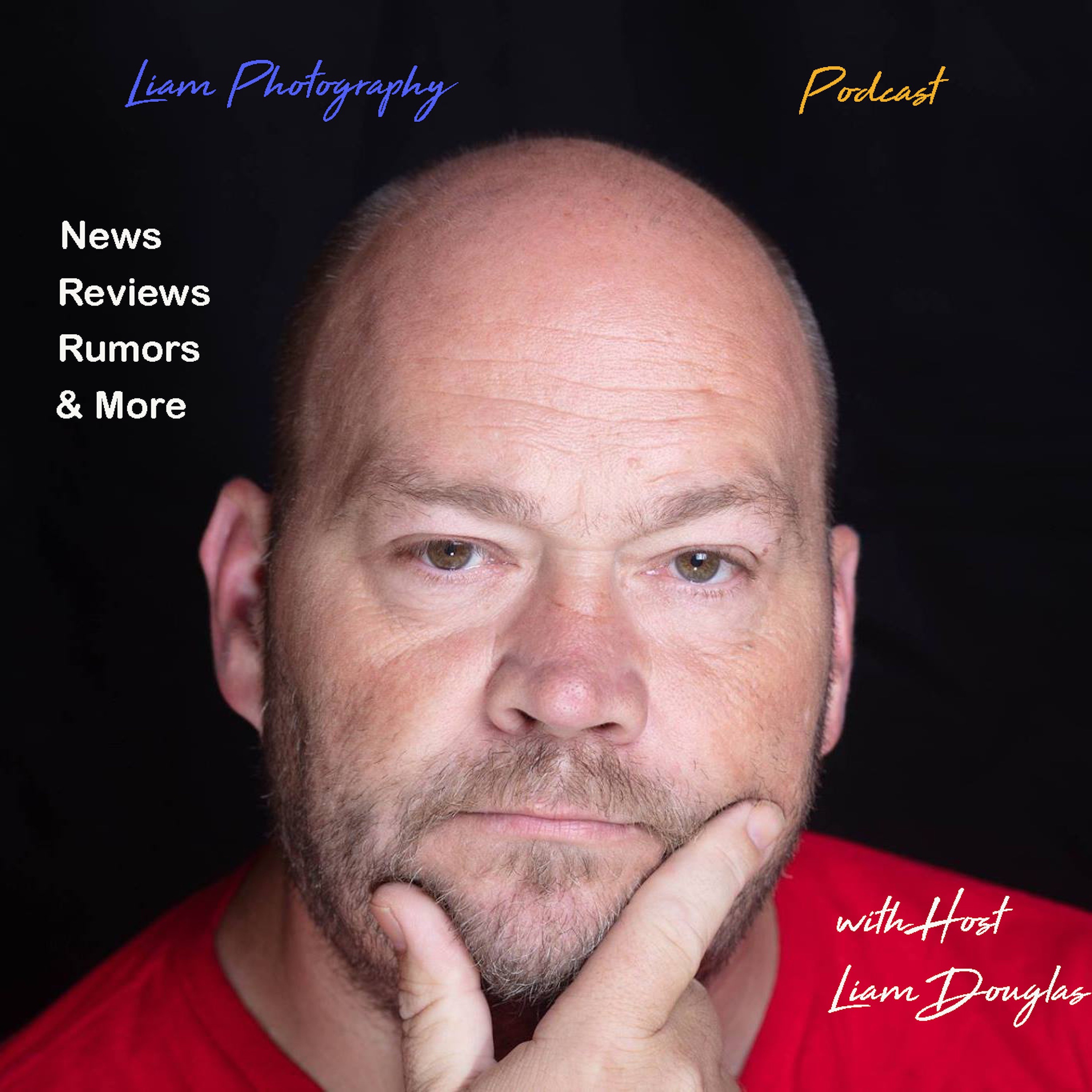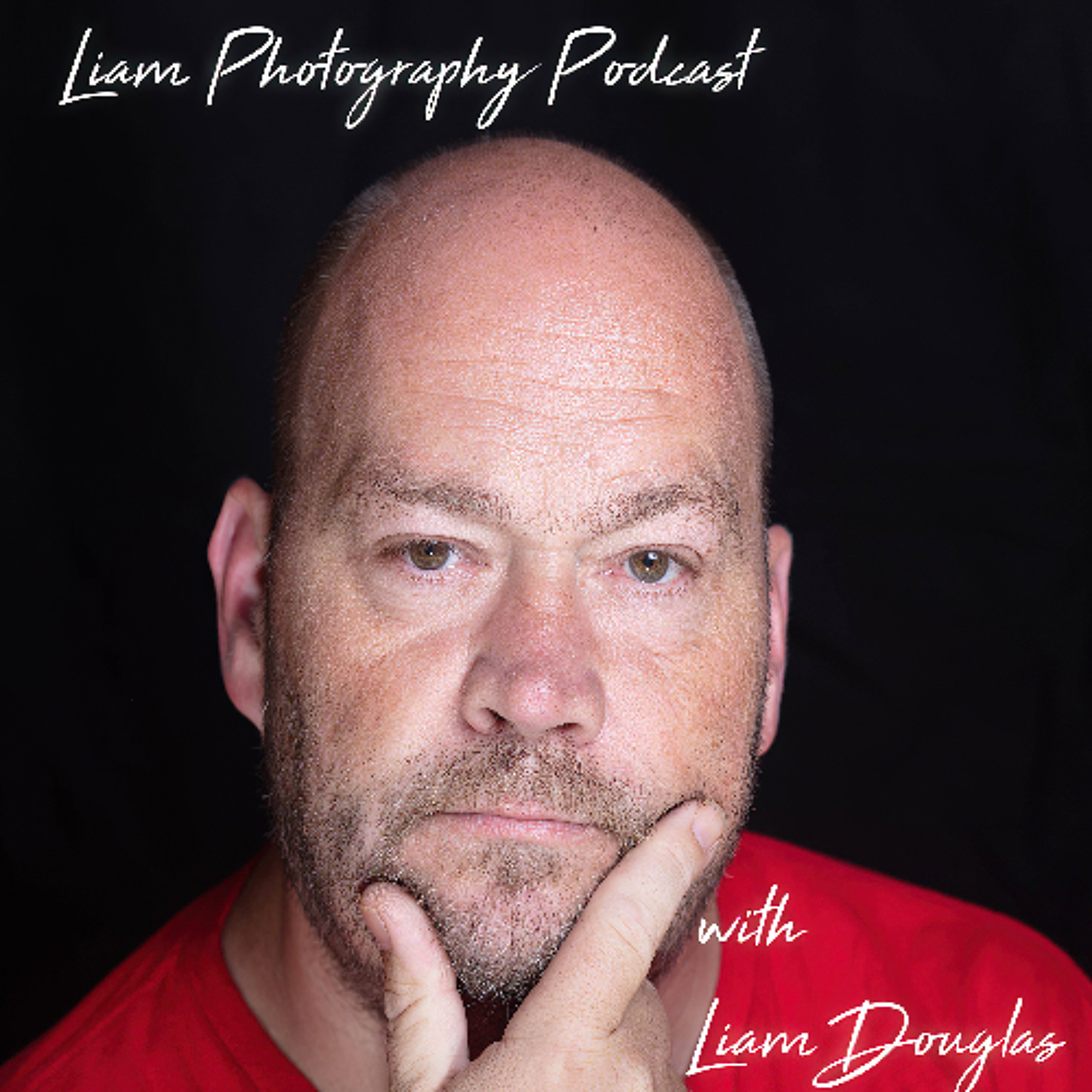Show Notes
This week I thought I’d talk about another subject that I am frequently asked about, noise. First let’s talk about noise as it pertains to photography. What is noise? Well, noise is the pixelation that happens in your images when you use too much ISO.Many of the new cameras are capable of high ISO settings, some as high as 256,000 believe it or not. Increasing the ISO on your camera allows you to compensate for low light conditions but is not the ideal way to compensate for it. The ISO setting makes your cameras sensor more sensitive to light and your exposure. As you move the number higher, you camera is able to pull in more light from the available light in the conditions. The bad part is when you go too high in ISO, you start getting noise introduced into your images and they start to look sloppy instead of having a nice, fine quality.
Even though most modern cameras can go to large ISO settings, it’s not recommended to do so as the quality of your image will suffer. If you ask most any professional photographer, they will tell you that the maximum ISO that anyone should ever use is ISO 800, as once you get above ISO 800, noise really becomes an issue. Ideally, they will go on to tell you that ISO 50 or 100 is the best to use as it offers the finest quality to the final image. So, how do you keep down the noise if you are shooting in less than ideal lighting conditions? By using a better lens, capable of a wider aperture to allow more light to reach your sensor or you can use artificial lighting, such as strobes or continuous, hot light kits.
The wide lens option is the best as a lens with a wider aperture will naturally allow more light in. Think of the aperture of your lens as being the same as the pupil in your eye. When you are in low light conditions, the pupils enlarge so that your eyes can take in more light and allow you to see better. If it’s a bright, sunny day your pupils will become very small as you don’t need as much light allowed in to see. Aperture works the same way as your pupil, when you have a wide aperture lens, say an F/1.4 your lens is opened up allowing more ambient light into your sensor to make the exposure. The down side of wide aperture lenses is that they are generally expensive.
Take the most popular lens, the 70-200mm. The 70-200mm from Canon comes in two apertures, F/4 and F/2.8. The F/4 is a fantastic lens and takes beautiful images with outdoor light, but if I needed to shoot indoors, say at a concert or indoor sports like basketball the F/2.8 will work better because it can open wider than the F/4 and let more of the natural light in that environment into my sensor. The difference in price is significant, with the 70-200mm F/4 L lens costing around $1,200 and the 70-200mm F/2.8 costing around $2,100.
As I mentioned earlier, the other option to prevent noise is to use artificial lighting such as a Speed lite external flash, or full blown strobes or even hot lights. These will allow you to keep your camera’s ISO down really low if the lights are powerful enough to compensate for the poor natural lighting. Flash is not ideal in most low light conditions such as concerts or indoor sports as the flash is distracting, which is why if you are at a basketball game or watching one on TV you will notice that most all of the sports photographers there will have no flash but will instead be using that big fat F/2.8 70-200mm to get the shots they need for sports magazines and websites.
Now, I am assuming you might not rich enough to buy all your lenses at F/2.8 or wider as it is very costly. I would recommend to you that you invest in one expensive F/2.8 zoom such as the 70-200mm and buy the rest of your lenses in whatever aperture you can afford and use. If you do want to buy a good 70-200mm F/2.8, then you can always rent one from www.lensrentals.com. I personally love LensRentals as they let you try before you buy.



Comments & Upvotes